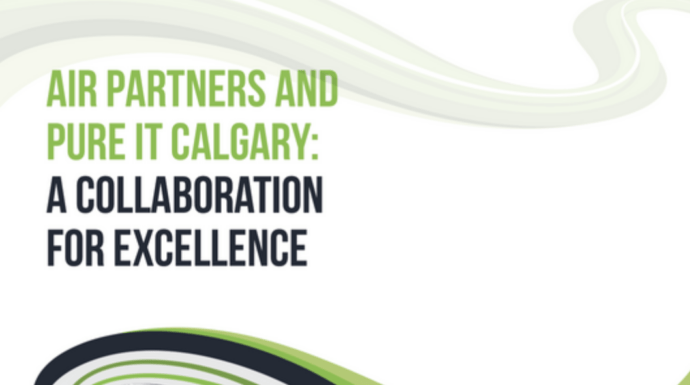With Windows 7 end of support right around the corner, your business may be putting off upgrading to a newer platform until the last minute or even delaying an upgrade indefinitely. Although nothing is forcing you to make the upgrade right now, you’re leaving your organization susceptible to future security vulnerabilities along with the cost and time of upgrading following a network breach. By choosing to act now, you’re putting your team in the best possible position for success while elevating efficiency.
If you’d prefer to take a proactive approach instead of learning the hard way, these are the most frequent questions our clients have been asking about upgrading from Windows 7.
When Is Windows 7 End of Life?
Windows 7 end of life technically happened on January 13, 2015, when Microsoft ended mainstream support. However, they have continued to offer extended support that is scheduled to end on January 14, 2020. At that point, Microsoft will officially end support, including security updates, software updates, and technical support for systems running Windows 7.
What Happens if I Continue Using Windows 7?
While you’ll be able to continue using Windows 7 after the end of support, you’re leaving your organization more vulnerable to security threats. As cybercriminals continually find new ways to exploit systems operating on Windows 7, they’ll be able to target your systems more effectively. But now, as these vulnerabilities are discovered, Microsoft won’t be releasing ongoing security updates to resolve these issues as they have in the past.
At the time of this writing, 229 Windows 7 security vulnerabilities have already been uncovered in 2019 alone. When Microsoft ends support next year, this number is only likely to go up as 2020 unfolds. And these are just known security vulnerabilities. Cybercriminals may be hiding deeper vulnerabilities that they don’t want to reveal yet so they can wait until Windows 7 end of life to exploit networks.
Unlike in previous years, you’ll have no way of updating system files to respond to these evolving vulnerabilities. Although you may be able to continue using the system as you have been, you’ll be leaving your data vulnerable to exploitation beneath the surface.
In addition to increasing the likelihood of cybercriminals exploiting the vulnerabilities of your network, when you choose not to upgrade you put your system at risk for inefficient performance. Part of Windows ongoing updates includes performance upgrades that keep systems operating at peak performance. Without these regular updates, devices will ultimately become slower over time as users continue upgrading applications. Slower devices quickly lead to less efficient, less productive workflows.
Why Should I Upgrade Now?
Upgrading now gives you a headstart on tackling a new platform. From planning and deployment to ongoing training, upgrading your business’s operating systems doesn’t happen overnight. By planning and implementing an upgrade now, you’re minimizing the risk of delayed project timelines and last-minute network emergencies. At the same time, your devices will operate faster and more efficiently as today’s applications are developed with Windows 10 in mind.
What Is the Best Option for Upgrading?
If you’re ready to make the upgrade, Microsoft is currently offering a cost-effective, convenient solution for doing so. When your organization purchases a Microsoft 365 Business plan, it comes with a free upgrade for any device with a Windows 7, 8, or 8.1 Pro license. That means you’ll be able to upgrade all of your organization’s old Windows Pro devices at no additional cost while simultaneously migrating critical data to a robust cloud environment. As we see it right now, that’s currently the most economical option for upgrading from Windows 7.
Can I Get a Support Extension?
Although we don’t recommend this option, you have the option to extend Windows 7 support if you’re currently using Windows 7 Professional or Windows 7 Enterprise. If that’s the case, you have the opportunity to extend Windows 7 security updates through January 2023. However, Microsoft will charge additional fees for extended support—so why not go ahead and put that money toward upgrading today? You’ll be saving your organization plenty of trouble in the long run.
How Can Pure IT Help?
At Pure IT, we’ve already helped dozens of Calgary businesses upgrade their systems to prepare for Windows 7 end of support. If you’re ready to do the same, our experts specialize in making the transition as seamless and intuitive as possible. Get in touch with our team today to start planning your upgrade experience.








